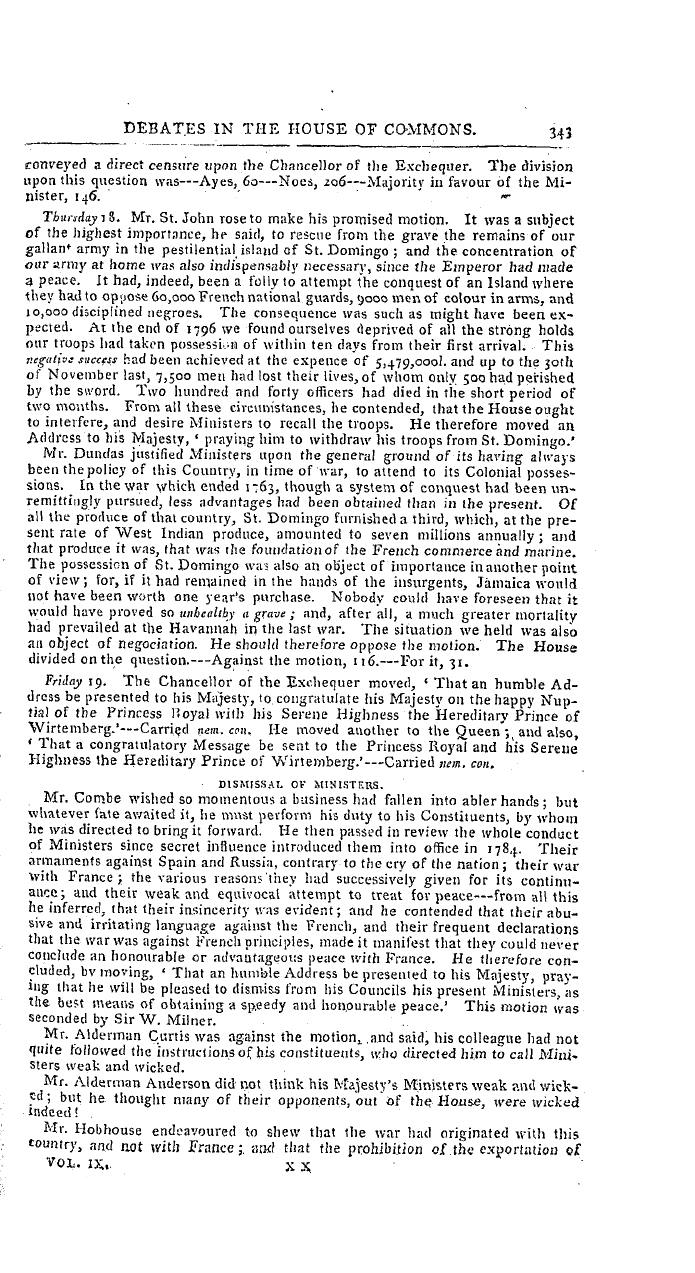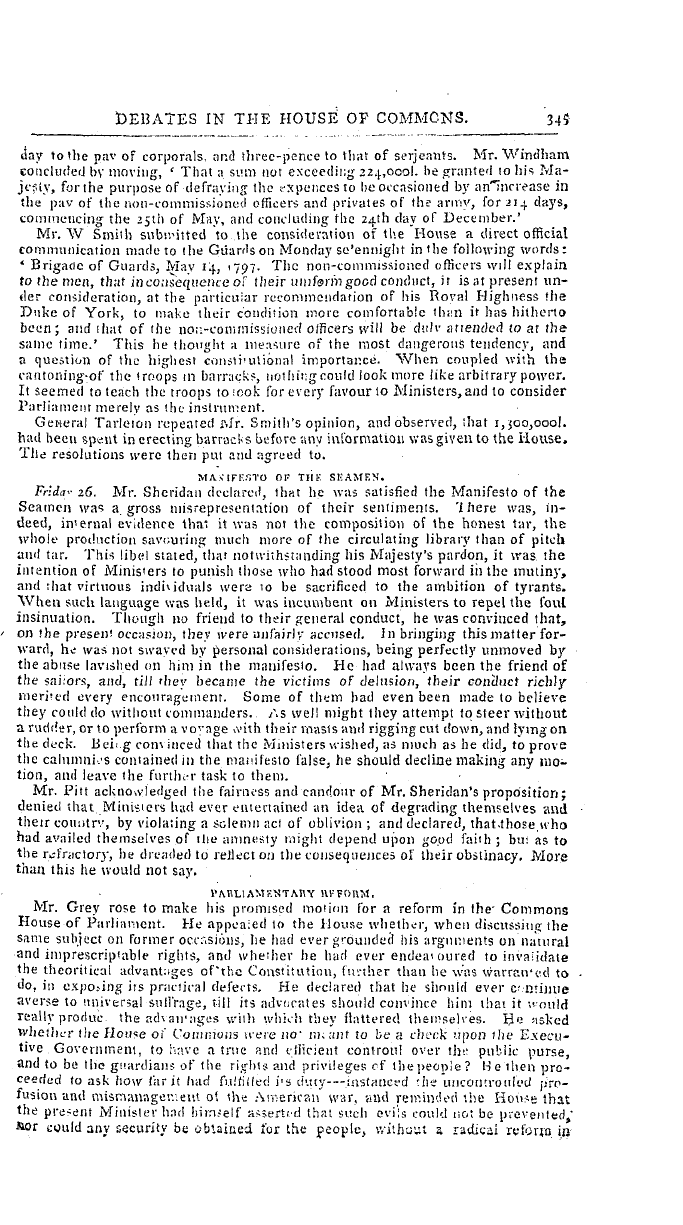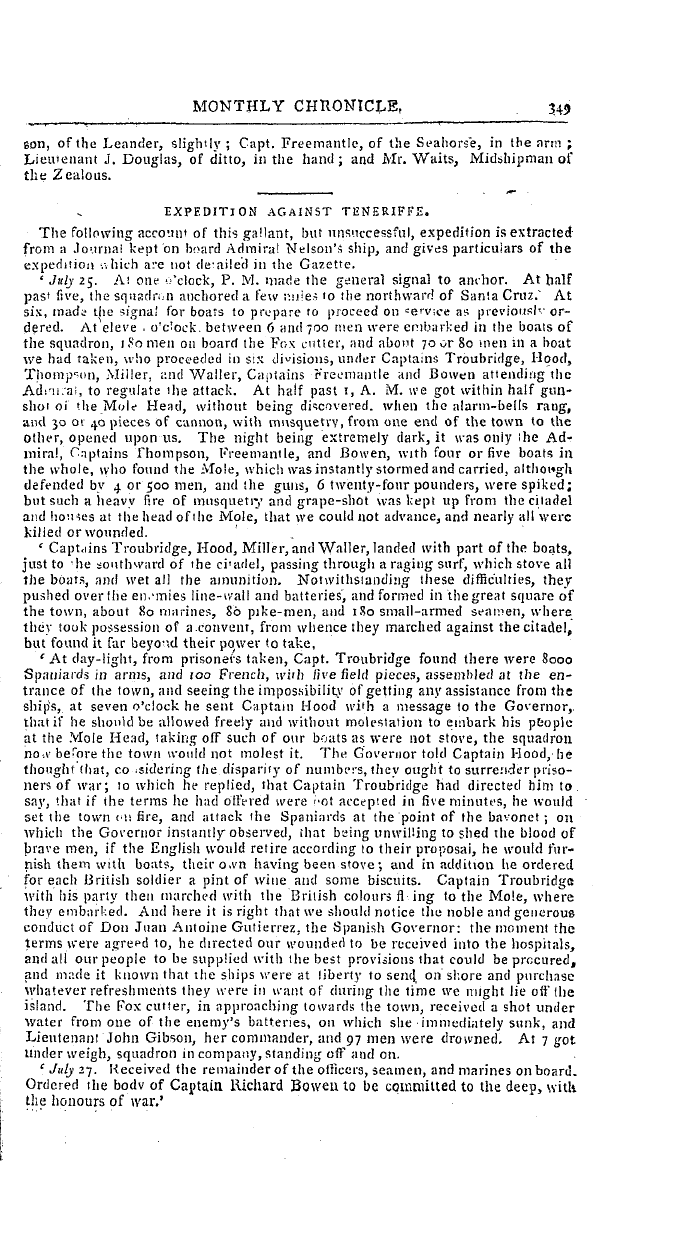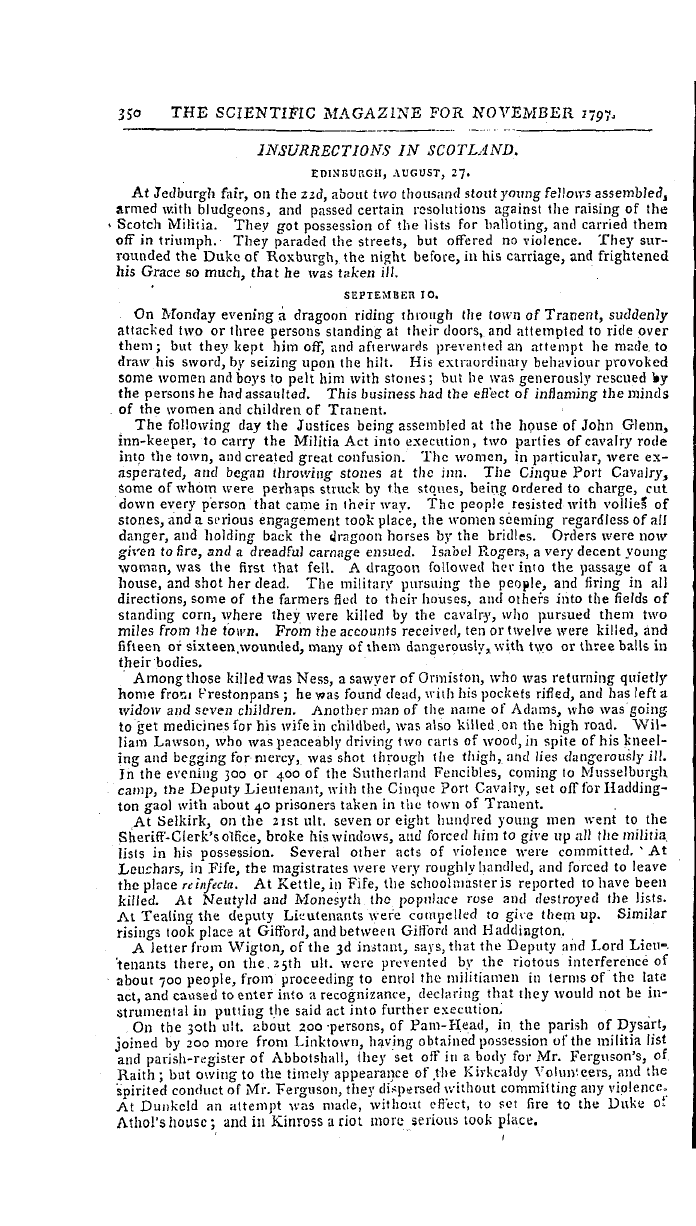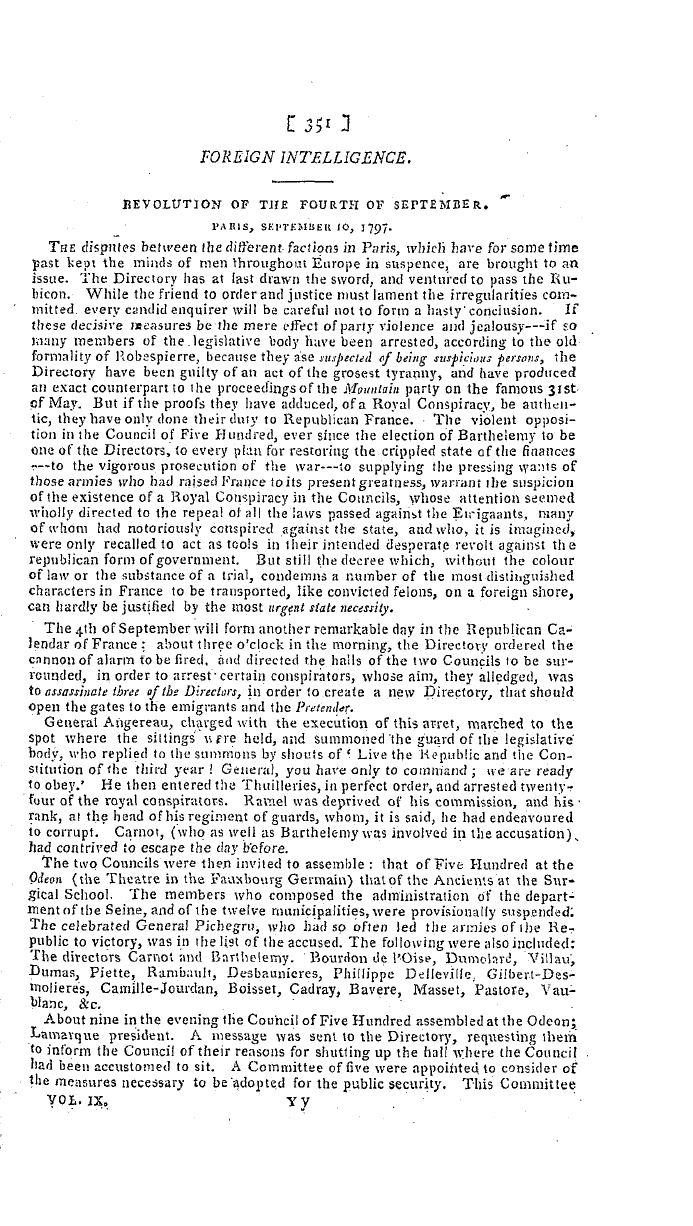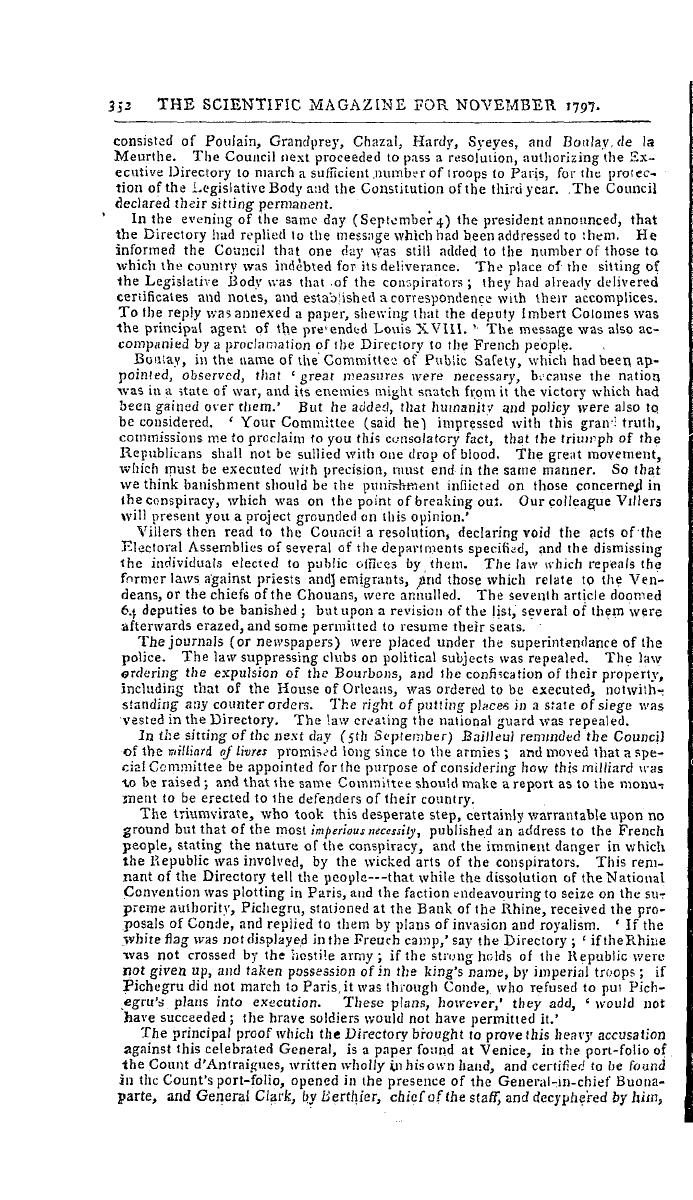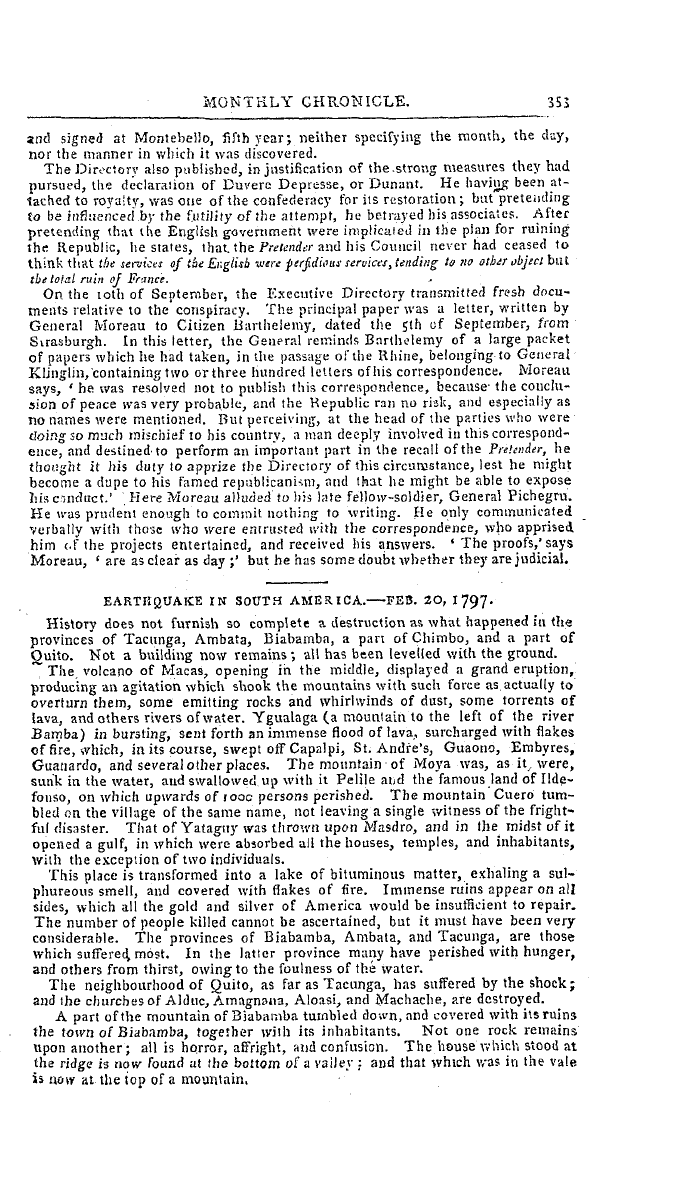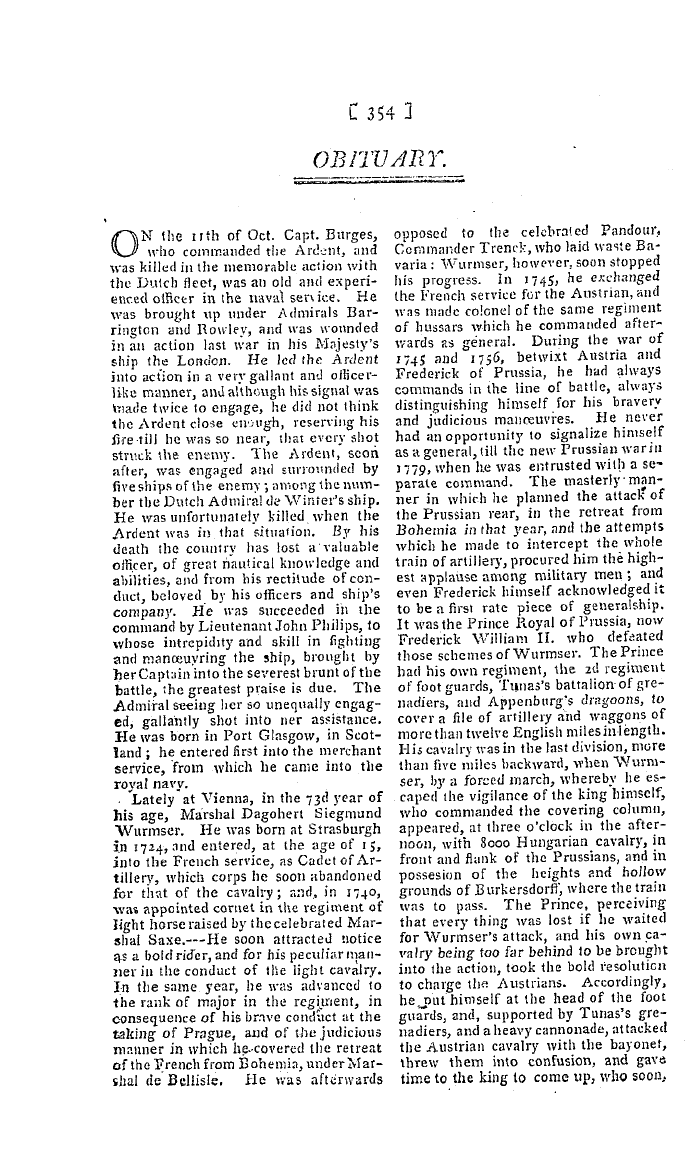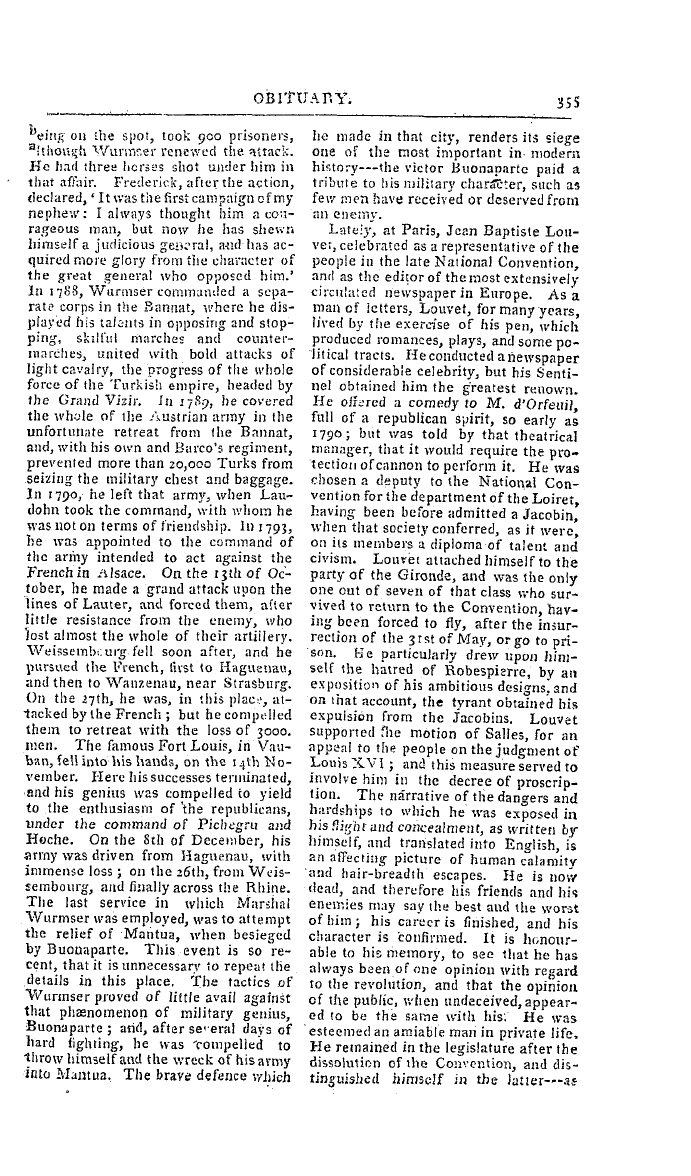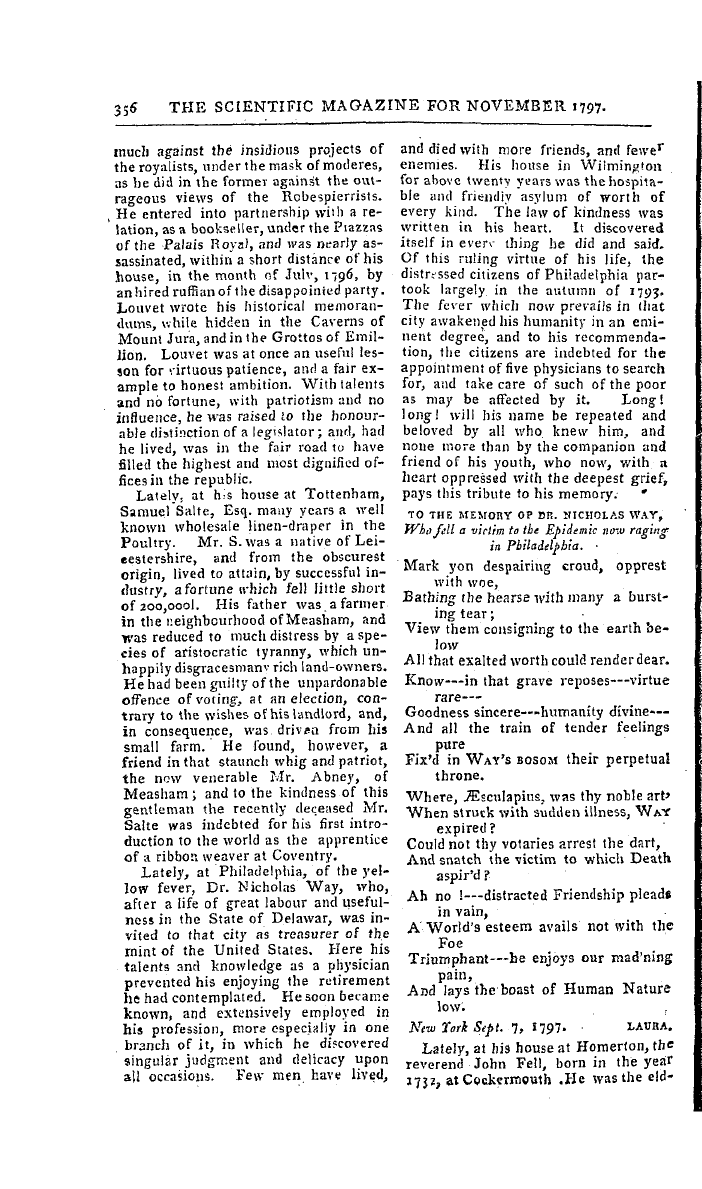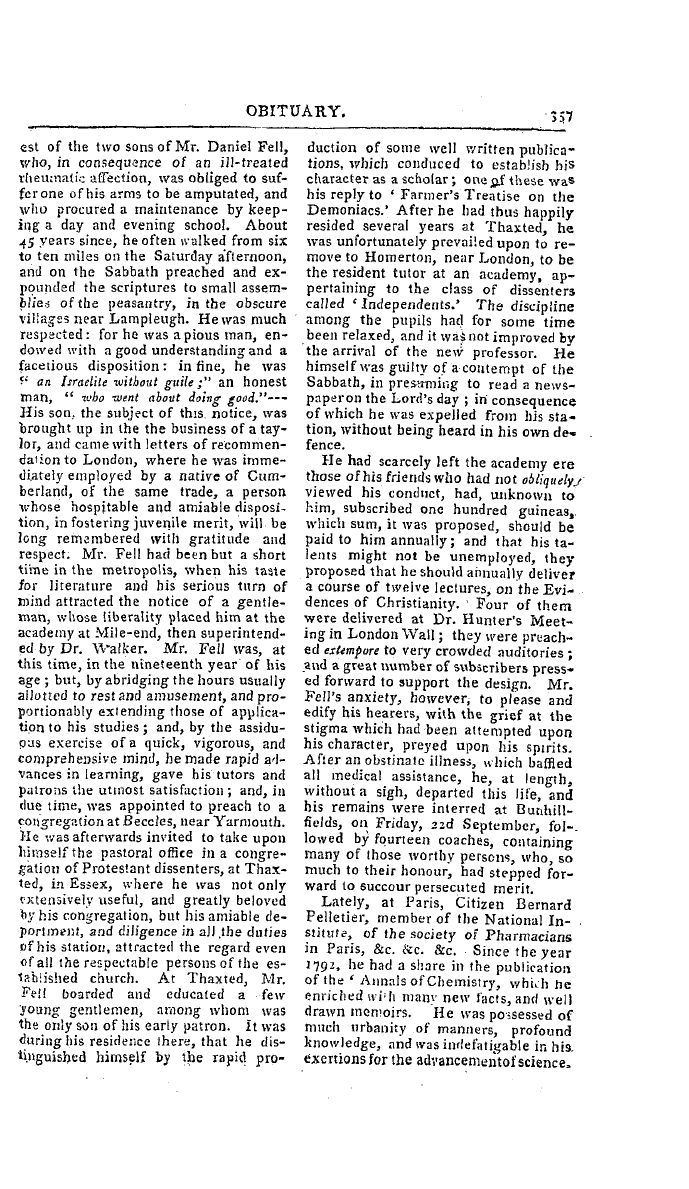Note: This text has been automatically extracted via Optical Character Recognition (OCR) software.
The Change Of Climate In The Middle Colonies Of North-America,
THE CHANGE OF CLIMATE IN THE MIDDLE COLONIES OF NORTH - AMERICA ,
ATTEMPTED TO I ! " ACCOUNTED FOR ;
BY HUGH WILLIAMSON , M . D . y T is generally remarked by people who have resided long in Penn-X sylvannia and the neig hbouring colonies , that within the last forty orfiftty years there has been a very observable change of climate , that our winters are not so intensely cold , nor our summers so disagreeabl y warm as they have been .
That we may be enabled to account for these phamomena , it will be necessary to take a transient view of the general cause of winds , and the remarkable difference of heat and cold , that is observed in different countries under the same parallels . Though the sun is doubtless the general source of heat , yet we observe that countries are not heated in proportion to their distance from the sun , nor even in proportion to their distance from the equator . —
The inhabitants of the polar circles are hardly a perceivable distance , not a twenty-thousandth part further from the sun , than those between the tropics , and yet the former are chilled with perpetual cold , while the others are scorched with constant heat . When the rays ofthe sun strike the earth in a perpendicular direction , they will be'reflected in the same direction on the particles of air through which they have passed , and thus increase their heat ; a greater number of direct rays will also strike the earth in any given space , than when they fall obliquely ; therefore , the nearer the direction of the sun ' s rays is to a perpendicular with the surface of the earth , the greater
ceteris paribus will the heat be . Hence , countries should be colder the nearer they are to the poles . But , We observe that the air may be heated to a very different degree in different countries , which are in the same latitude , according as they abound in rough mountains , fertile plains , or sandy desarts ; as they are surrounded by land or by sea , or according to the different winds which prevail in those countries . Tlie temperature of Pennsylvania is very
different from that of Portugal ; and the temperature of England is different from that of Saxony , on the neighbouring continent , though they Jje under the same parallels . In order then that we may be enabled to form an estimate of the heat of any country , we must not only consider the latitude of the place , but also the face and situation of the country , and the winds which generally prevail there , if any of these
should alter , the climate must also be changed . The face of a country may be altered by cultivation , and a transient view of the general cause of winds will convince us , that their course may also be changed . It is generally believed that most winds are occasioned b y the heat ofthe sun . Were the sun to stand still over any particular part ofthe surface of the earththe wind would constantlblow to that lace from
, y p all directions . For the air in that part being rarified by the heat of the sun , would be expanded , and thus become li ghter , whence it would ascend , and the heavier air in the nei ghbouring parts would rush in , to occupy its place ; this too being heated both by the sun's ravs and b y
Note: This text has been automatically extracted via Optical Character Recognition (OCR) software.
The Change Of Climate In The Middle Colonies Of North-America,
THE CHANGE OF CLIMATE IN THE MIDDLE COLONIES OF NORTH - AMERICA ,
ATTEMPTED TO I ! " ACCOUNTED FOR ;
BY HUGH WILLIAMSON , M . D . y T is generally remarked by people who have resided long in Penn-X sylvannia and the neig hbouring colonies , that within the last forty orfiftty years there has been a very observable change of climate , that our winters are not so intensely cold , nor our summers so disagreeabl y warm as they have been .
That we may be enabled to account for these phamomena , it will be necessary to take a transient view of the general cause of winds , and the remarkable difference of heat and cold , that is observed in different countries under the same parallels . Though the sun is doubtless the general source of heat , yet we observe that countries are not heated in proportion to their distance from the sun , nor even in proportion to their distance from the equator . —
The inhabitants of the polar circles are hardly a perceivable distance , not a twenty-thousandth part further from the sun , than those between the tropics , and yet the former are chilled with perpetual cold , while the others are scorched with constant heat . When the rays ofthe sun strike the earth in a perpendicular direction , they will be'reflected in the same direction on the particles of air through which they have passed , and thus increase their heat ; a greater number of direct rays will also strike the earth in any given space , than when they fall obliquely ; therefore , the nearer the direction of the sun ' s rays is to a perpendicular with the surface of the earth , the greater
ceteris paribus will the heat be . Hence , countries should be colder the nearer they are to the poles . But , We observe that the air may be heated to a very different degree in different countries , which are in the same latitude , according as they abound in rough mountains , fertile plains , or sandy desarts ; as they are surrounded by land or by sea , or according to the different winds which prevail in those countries . Tlie temperature of Pennsylvania is very
different from that of Portugal ; and the temperature of England is different from that of Saxony , on the neighbouring continent , though they Jje under the same parallels . In order then that we may be enabled to form an estimate of the heat of any country , we must not only consider the latitude of the place , but also the face and situation of the country , and the winds which generally prevail there , if any of these
should alter , the climate must also be changed . The face of a country may be altered by cultivation , and a transient view of the general cause of winds will convince us , that their course may also be changed . It is generally believed that most winds are occasioned b y the heat ofthe sun . Were the sun to stand still over any particular part ofthe surface of the earththe wind would constantlblow to that lace from
, y p all directions . For the air in that part being rarified by the heat of the sun , would be expanded , and thus become li ghter , whence it would ascend , and the heavier air in the nei ghbouring parts would rush in , to occupy its place ; this too being heated both by the sun's ravs and b y


























































